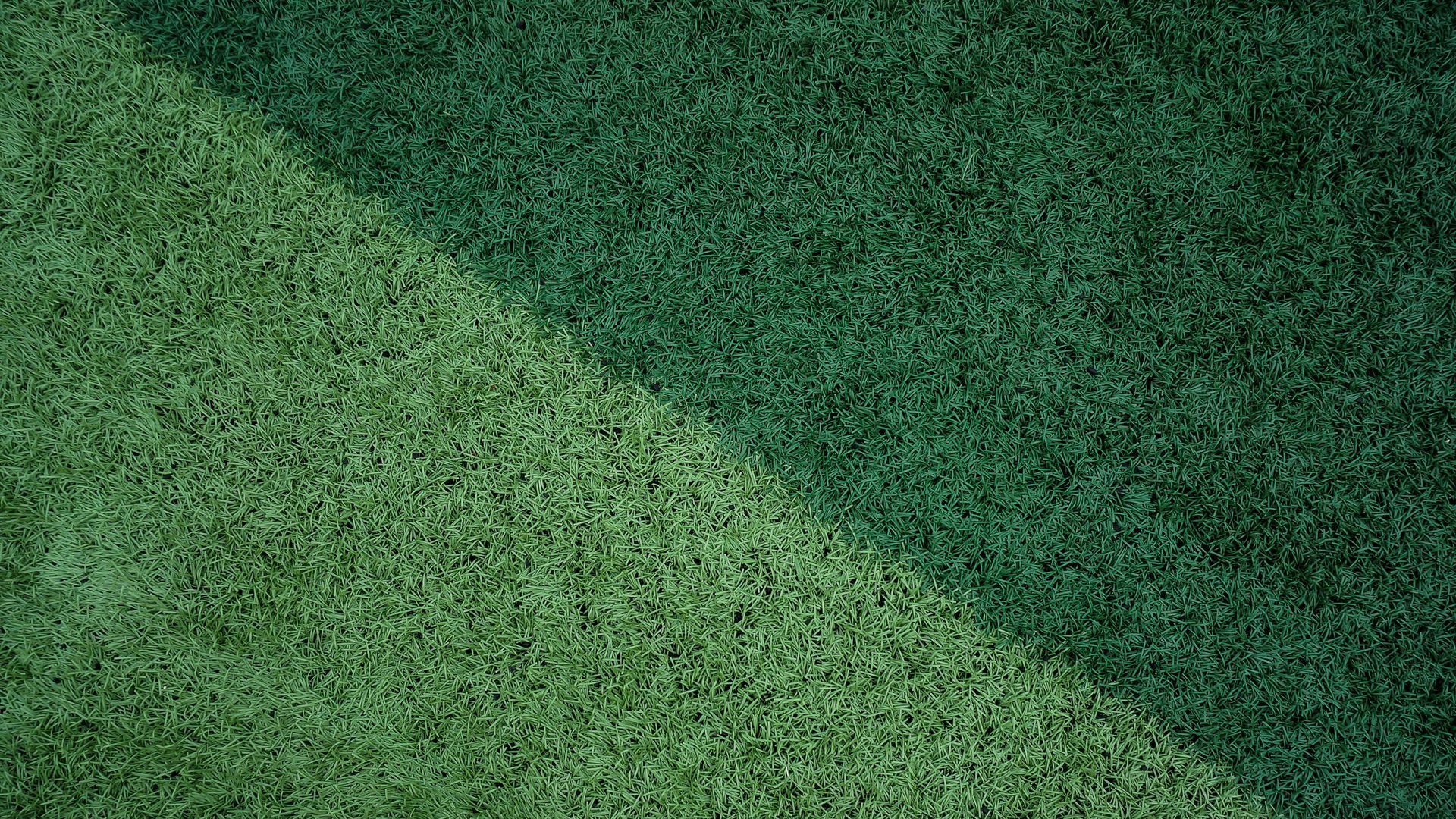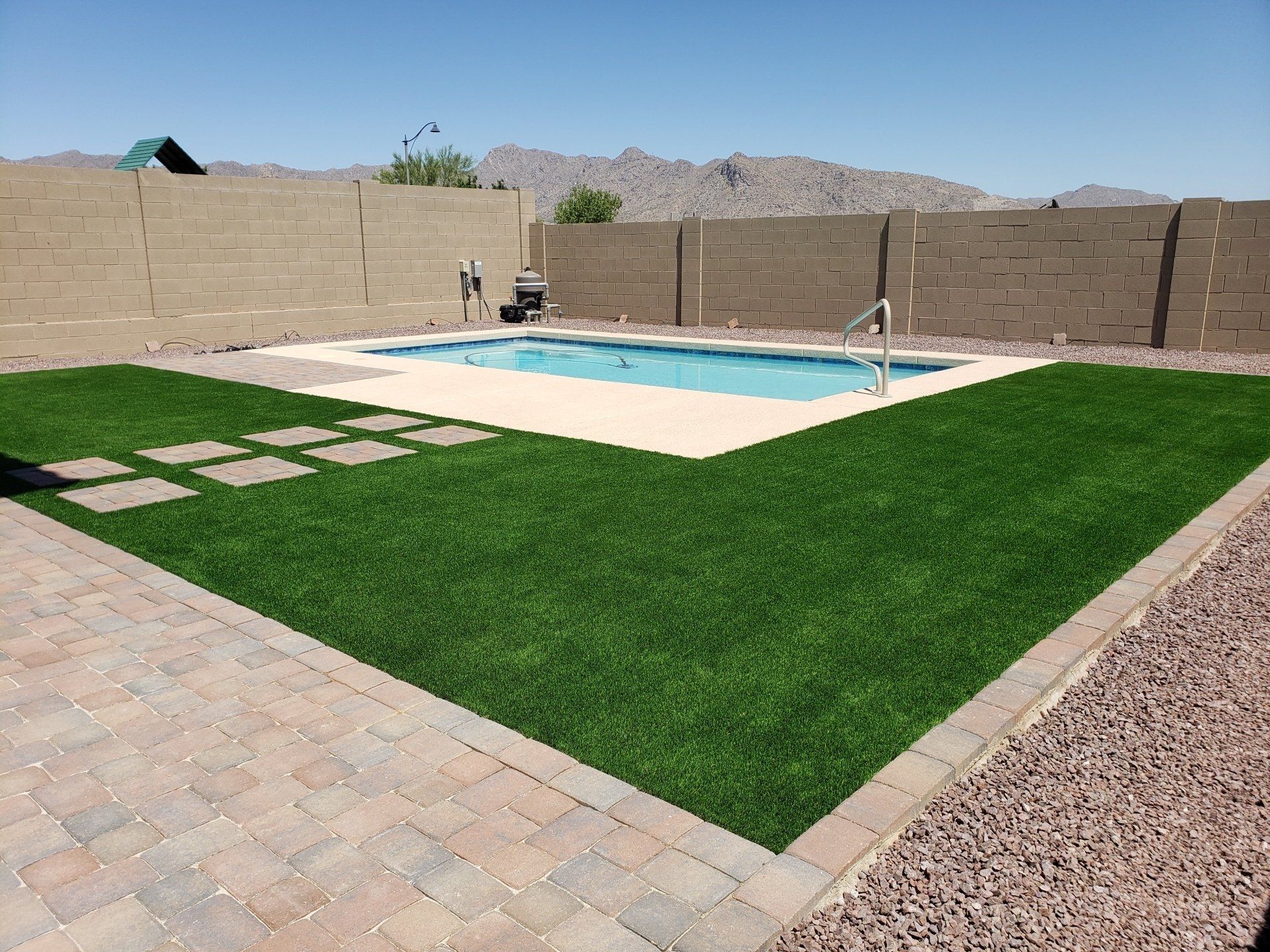Introduction
Landscaping is not just about aesthetics; it's a complex interplay of various elements, and one of the most critical is soil. The types of soil present in an area significantly influence plant growth, water retention, and overall landscaping success. In Queen Creek, a community known for its beautiful landscapes and outdoor spaces, understanding the local soil types can provide homeowners with invaluable insight into effective gardening and landscaping practices. This article delves deep into the nuances of soil types in Queen Creek and how they impact landscaping efforts.
Understanding Soil Types and Their Impact on Landscaping in Queen Creek
What Are Soil Types?
Soil types are classified based on their composition, texture, structure, and nutrient content. Understanding these classifications helps landscapers make informed decisions about plant selection, irrigation methods, and maintenance routines.
Why Is Soil Important in Landscaping?
Soil serves as the foundation for all plant life. Its properties determine how well plants can grow by affecting water drainage, aeration, and nutrient availability. Without a solid understanding of the soil type, even the most beautifully designed landscape can struggle to thrive.

Different Soil Types Found in Queen Creek
1. Sandy Soil
Characteristics of Sandy Soil
Sandy soil consists mainly of coarse particles that allow water to drain quickly. While this type allows for excellent aeration, it often struggles to retain moisture and nutrients.
Benefits of Sandy Soil for Landscaping
- Excellent drainage Easy to work with Warms quickly in spring
Challenges with Sandy Soil
- Requires frequent watering Limited nutrient retention May require amendment with organic matter
2. Clay Soil
Characteristics of Clay Soil
Clay soil is dense and sticky when wet but hardens when dry. It has tiny particles that compact easily, which can lead to poor drainage.
Benefits of Clay Soil for Landscaping
- Holds nutrients well Retains moisture effectively Can be very fertile with proper amendments
Challenges with Clay Soil
- Poor drainage can lead to root rot Can be difficult to cultivate May require significant amendment for ideal plant growth
3. Loamy Soil
Characteristics of Loamy Soil
Loamy soil is a mixture of sand, silt, and clay. It balances moisture retention with good drainage.
Benefits of Loamy Soil for Landscaping
- Ideal for most plants Retains nutrients while allowing excess water to drain Often requires minimal amendments
Challenges with Loamy Soil
While loam Blossom & Oak Landscaping in Queen Creek is generally considered optimal for gardening, it may still need occasional amendments depending on specific plant requirements.
How to Test Your Soil Type
1. DIY Jar Test
One simple way to test your soil type involves taking a jar filled with soil and water:
Fill a jar halfway with soil. Add water until full. Shake vigorously and let it settle overnight.You’ll see layers form as sand settles first, followed by silt and clay on top.
2. pH Testing Kits
These kits help determine if your soil is acidic or alkaline—important factors influencing plant health!
The Role of Organic Matter in Improving Soil Quality
Adding organic matter like compost or mulch can enhance any soil type's qualities by improving nutrient content, moisture retention, and overall structure.
Benefits of Organic Matter
Improves water retention Enhances microbial activity Provides essential nutrientsHow Different Soils Affect Plant Selection in Queen Creek
Choosing the right plants based on local soil types ensures that your landscaping project will flourish rather than flounder.
1. Plants Suitable for Sandy Soils
Consider drought-resistant varieties such as:
- Lavender Succulents Ornamental grasses
2. Plants Suitable for Clay Soils
Opt for plants that thrive in heavy soils:
- Daylilies Black-eyed Susans Sedums
Water Management Practices Based on Soil Types
Proper irrigation techniques should complement specific soil types to ensure optimal growth conditions:
Irrigation Techniques for Sandy Soils
Utilize drip irrigation systems that deliver water directly at the roots where it's needed most.
Irrigation Techniques for Clay Soils
Incorporate soaker hoses or slow-release watering systems that minimize runoff and promote deeper root growth.
The Importance of Drainage in Landscaping Projects
Understanding how each type influences drainage is paramount in planning your landscape design effectively.
Identifying Drainage Issues
Look out for standing water after rainstorms or overly dry patches during dry spells; these are indicators your drainage may require attention!
Conclusion: Embracing Local Knowledge for Successful Landscaping in Queen Creek
Successfully navigating the intricacies of landscaping in Queen Creek hinges on understanding local soil types—an often overlooked aspect! By recognizing how different soils impact plant selection, watering schedules, and overall garden health, residents can create stunning outdoor spaces tailored specifically to their unique environments.
For expert assistance tailored specifically towards enhancing landscapes amid these challenges faced by varying soils around town - look no further than Blossom & Oak Landscaping! With years’ worth experience under our belts coupled alongside passionate expertise guiding families through this journey; we aim not just beautify yards but also enrich lives through nature!
FAQs About Landscaping in Queen Creek
Q1: What are the common soil types found in Queen Creek?
A1: The primary soil types include sandy soil, clay soil, and loamy soil—each presenting unique characteristics beneficial or challenging depending upon your landscaping goals!
Q2: How does my soil type affect what plants I can choose?
A2: Different soils support different plants; sandy soils maps.app.goo.gl require drought-resistant varieties while clay soils suit moisture-loving plants best!
Q3: How often should I amend my garden’s soil?
A3: Ideally every season—especially before planting time—to maintain healthy nutrient levels conducive towards thriving vegetation!
Q4: Can I improve my sandy or clay soils without professional help?
A4: Yes! Simple practices like adding compost or mulch will significantly enhance both kinds over time—with patience yielding fruitful results.
Q5: Why is organic matter important?
A5: Organic matter improves both nutrient availability while aiding moisture retention across all kinds—essentially marrying benefits from various soils together harmoniously!
Q6: Do you offer consultations regarding landscaping challenges?

A6: Absolutely! Blossom & Oak Landscaping provides tailored consultations designed specifically around addressing unique issues linked directly back towards local environmental factors—including those pesky challenging soils!